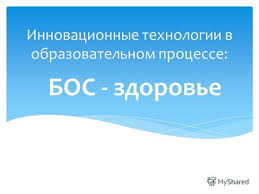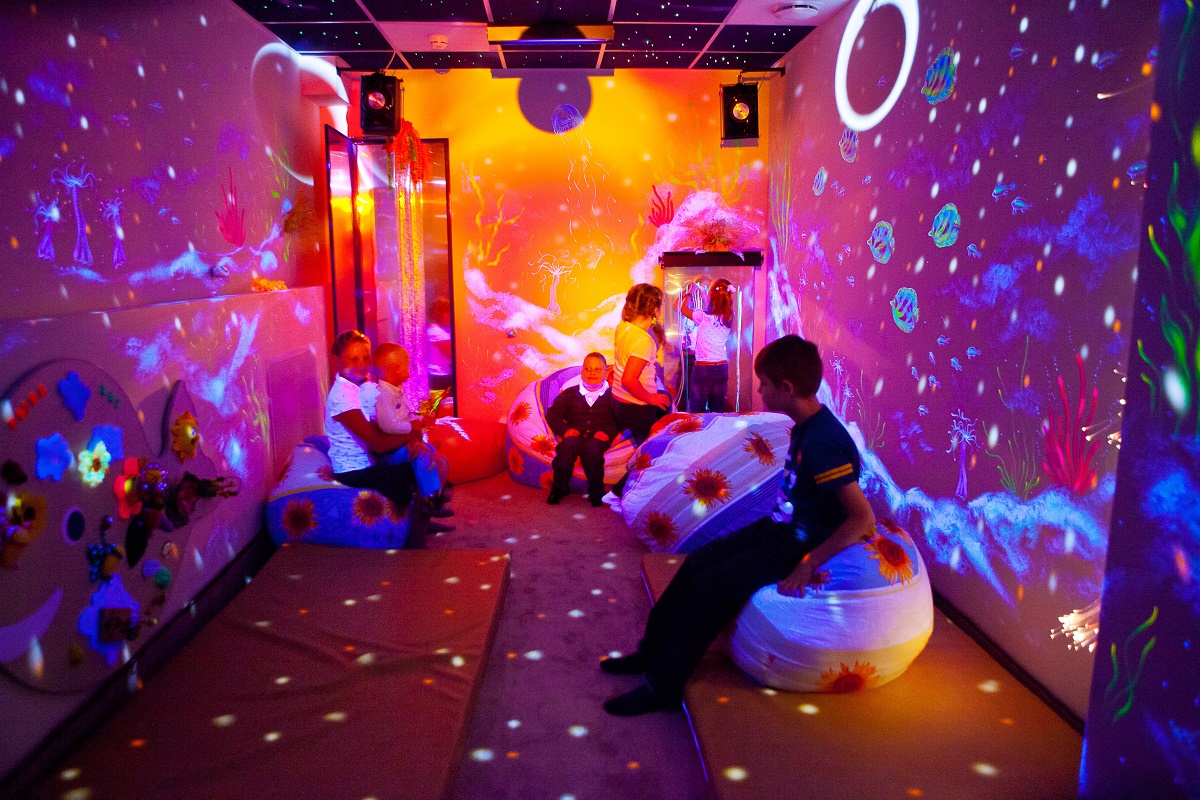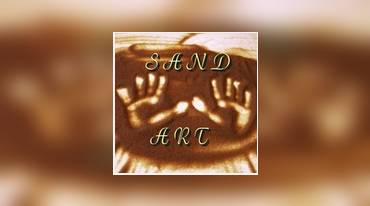Some studies with likelihood examples have actually operationalized orientation that is sexual regards to identification, however they were tied to tiny test sizes. Footnote 1 as an example, the National health insurance and Social lifestyle Survey accumulated information about participants’ intimate behavior, destinations, and intimate orientation identification.
But, the test fundamentally included just 24 ladies who defined as bisexual or lesbian and just 39 males who recognized as homosexual or bisexual (Laumann et al. 1994). Likewise, the National Survey of Midlife developing in the us asked respondents to label their orientation that is sexual as, homosexual, or bisexual. Regarding the around 3,000 participants in this nationwide likelihood sample, only 41 identified as homosexual and only 32 as bisexual (Mays and Cochran 2001). Such tiny figures demonstrably preclude substantial analysis of self identified lesbians, homosexual males, and bisexuals.
Other studies probability that is using have developed bigger variety of self identified lesbian, homosexual, and bisexual participants, however the examples have now been limited to certain US states (Carpenter 2005) or urban centers (Blair 1999; Sell et al. 2007) or even homosexual communities or venues in particular metropolitan areas (Diaz et al. 1996; Stall and Wiley 1988). These research reports have yielded priceless information, however their findings may possibly not be generalizable beyond those settings.
Another essential limitation is that the info from likelihood examples have actually generally speaking maybe maybe not allowed split analyses of self identified lesbians, homosexual guys, bisexual ladies, and bisexual males. As noted formerly, some studies that directly examined orientation that is sexual have actually yielded examples that have been way too tiny to allow split analyses of subgroups ( ag e.g., Laumann et al. 1994; Mays and Cochran 2001). The sexual orientation question was not framed in a manner that permitted differentiation between bisexual and homosexual respondents in other studies. As an example, exit polls carried out together with national elections have actually expected participants to point if they are homosexual, lesbian, or bisexual without differentiating among these combined groups(Edelman 1993; Hertzog 1996).
Yet, empirical research with nonprobability samples shows that essential distinctions may occur among sexual minority subgroups. As an example, lesbians may vary from homosexual males inside their odds of being taking part in an intimate relationship (Peplau and Fingerhut 2007), bisexuals may vary from lesbians and homosexual males into the level https://www.camsloveaholics.com to which they are available about their intimate orientation and feel linked to an intimate minority community (Balsam and Mohr 2007), and lesbians and bisexual females may vary from homosexual and bisexual guys when you look at the level to that they manifest self directed stigma (Balsam and Mohr 2007; Herek et al. 2009). Whether or otherwise not these findings could be generalized beyond the precise examples by which these were initially observed is really as yet unknown, however they highlight the worth of gathering data from likelihood examples which can be adequately big to allow comparisons among sex and intimate orientation subgroups.
This short article uses information from a probability that is national of self identified homosexual, lesbian, and bisexual grownups to calculate population parameters on many different demographic, mental, and social factors. Acknowledging that sexual orientation subgroups may vary, we additionally compare homosexual males, lesbians, bisexual males, and bisexual ladies for each adjustable. In place of testing particular hypotheses, our main goal would be to report descriptive that is basic about self identified homosexual, lesbian, and bisexual grownups. Although an overwhelming quantity of questions regarding potentially intriguing and crucial faculties associated with the sexual minority populace could possibly be created, practical considerations restricted how many factors that would be evaluated. Led primarily by our report on policy studies and amicus briefs from medical and expert businesses that have addressed subjects for which information in regards to the US population of self identified gay, lesbian, and bisexual grownups could be appropriate ( e.g., United states emotional Association 1986, 2003, 2007; Belkin 2008; Ebony et al. 2000; Egan and Sherrill 2005; Herek 2006; Schaffner and Senic 2006), we centered on factors in four groups.
First, we examined the fundamental demographic traits of the populace, including age, academic back ground, and battle and ethnicity. We additionally examined key factors identified by Ebony et al. (2000) as warranting description, including geographic circulation, home framework, and armed forces veteran status.









